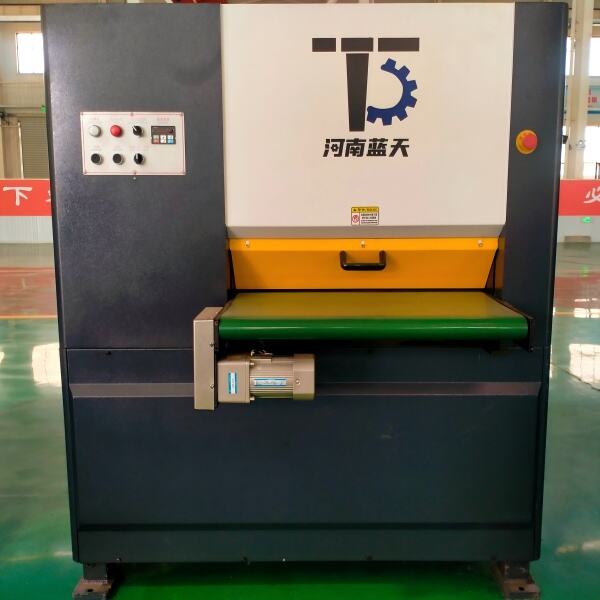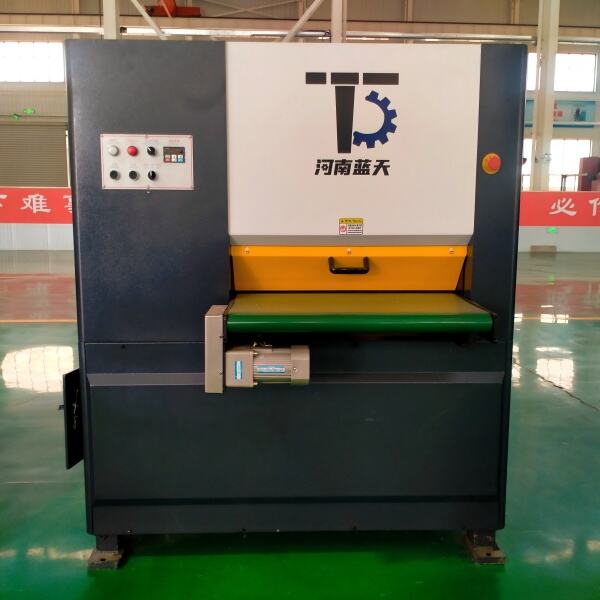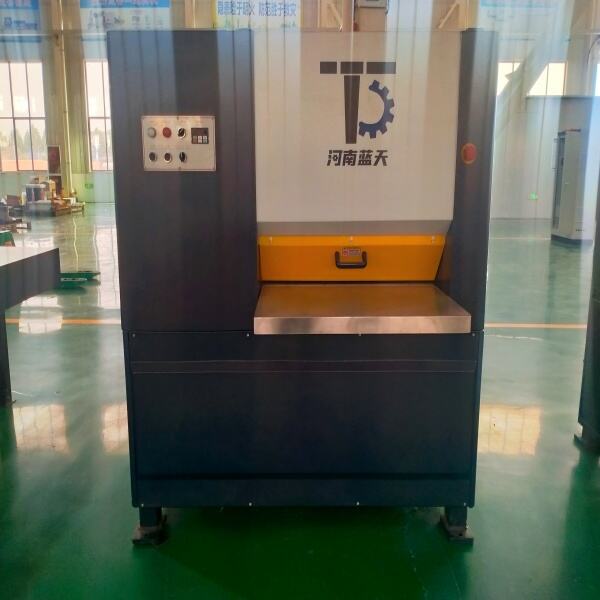buy manual straightening machine
The manual straightening machine represents a vital piece of equipment in metal processing operations, designed to effectively remove unwanted bends, curves, and deformations from various metal materials. This precision tool combines robust mechanical engineering with user-controlled operation to deliver consistent and accurate straightening results. The machine features adjustable pressure rollers that can be precisely calibrated to accommodate different material thicknesses and hardness levels, typically ranging from 0.5mm to 50mm depending on the model specifications. Its straightforward operational mechanism includes a hand-operated wheel or lever system that provides operators with direct control over the straightening process, allowing for real-time adjustments and immediate feedback. The machine's framework is constructed from high-grade steel, ensuring stability during operation and long-term durability. Most models incorporate specialized roller surfaces that prevent material damage while maintaining optimal grip and control throughout the straightening process. This versatile equipment finds extensive applications across various industries, including manufacturing, construction, and metal fabrication workshops, where it proves invaluable for processing flat bars, round bars, tubes, and various metal profiles.


